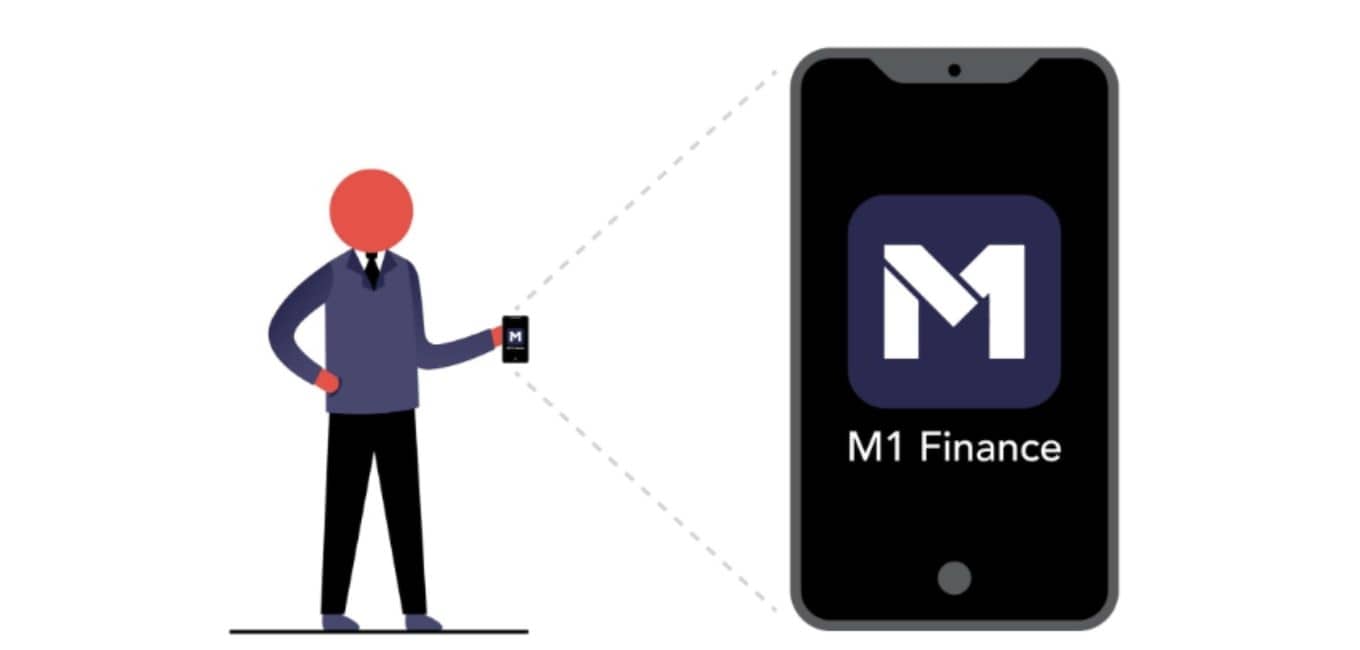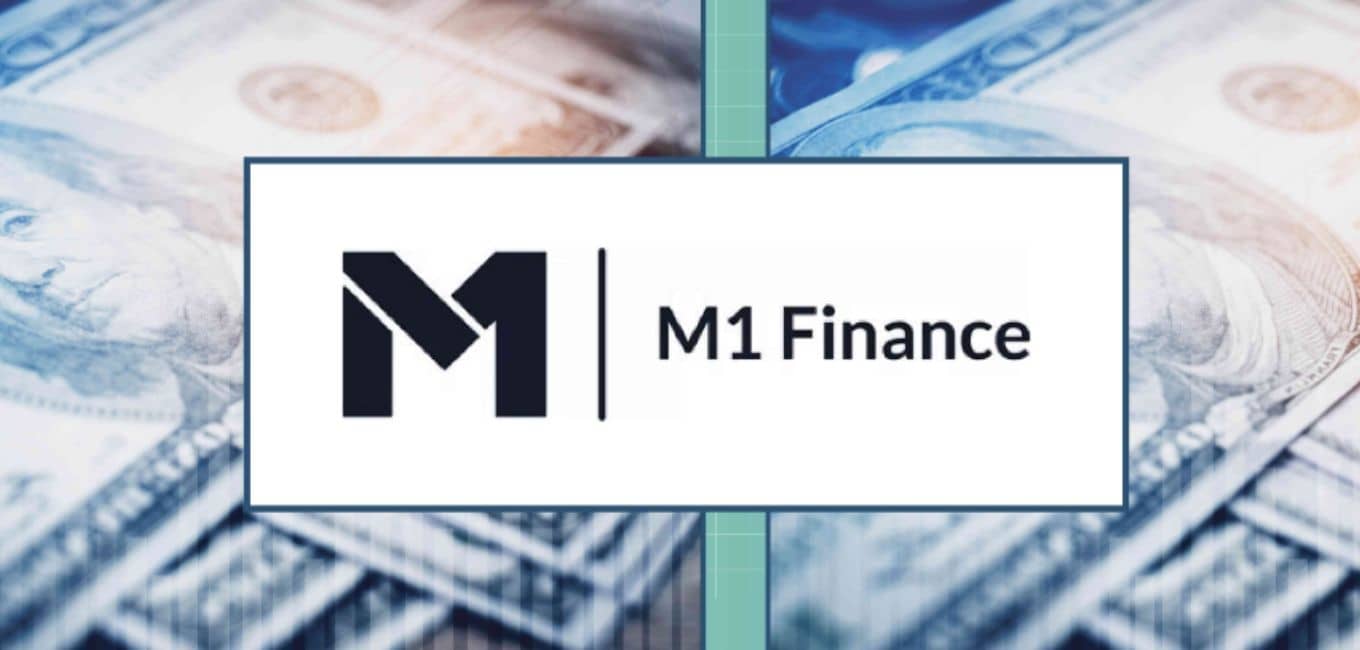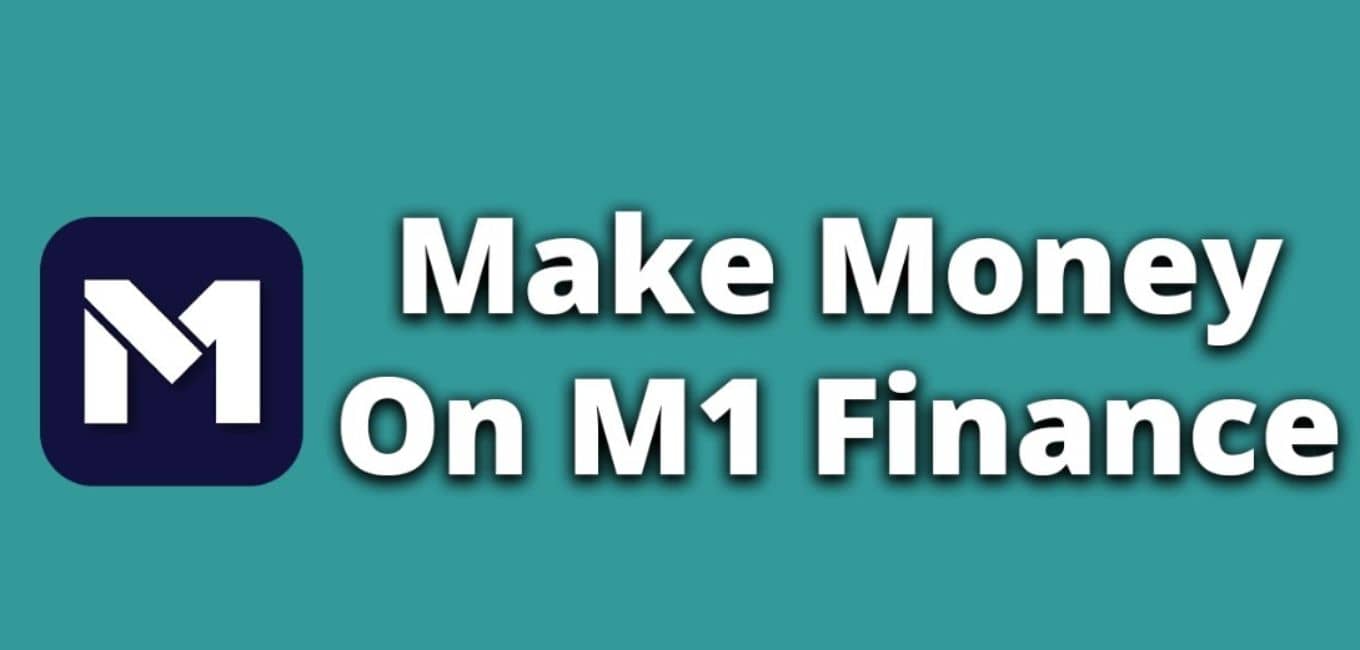M1 is a simple and straightforward trading platform that acts as a perfect entry point into the financial world and is ideal for anyone who wants to invest. It offers an automated adviser and a non-intimidating application that can be used and invested freely.
M1 Finance is a great way to start investing. While many people hate the 1 trading window a day, for a beginner investor, it does not matter. I personally have money in M1 Finance and I do not plan to withdraw until retirement.
Any money there will stay there in the basic individual brokerage account. The ability to trade fractional shares is a great plus and the “pie chart” way of building a portfolio is super intuitive for beginners.
I would consider myself an experienced Investor because experienced investors know the best strategy is to buy and hold long-term! I own VOO which is an S&P 500 tracking ETF and do not plan to diversify further. Maybe I will invest in a NASDAQ tracker but for now, VOO is good for me.
I would not consider myself an experienced Trader. Traders, or day traders, jump in and out of stocks to try to turn a quick profit. Many eventually move onto Index fund and ETF investing tools because it is a safer way to build wealth. If you want to become a trader, which I do not recommend, then M1 Finance is a terrible option for you. However, if you want to become an INVESTOR then M1 Finance is a great platform!
You must be aware that any investment might go down in value. So before you begin investing, educate yourself and realize the risks of investing. One of my favorite investing books is called The Elements of Investing by Malkiel and Ellis. The Investopedia website also has very good basic investment information.
M1 Finance Pros and Cons
Pros
- M1 Finance watches costs at every turn:
- No commission fees
- No account management fees
- No checking account maintenance fee
- No application or origination fees for borrowing
- It’s conscious of expense ratios to keep investment fund fees low and even reimburses ATM fees
Cons
- No cryptos, options, or mutual funds
- Its lack of trading capabilities
- Inability to buy bonds
- No Access to VTSAX
How Does M1 Finance work
M1 Finance makes money in a way similar to Robin Hood, by directing order flow and offering margin to investors. They also offer a paid service called M1 Plus that comes with some added features. M1 also gives you access to M1 Borrow where you can take out a low-interest loan against your stocks.
If you want to be hands-off, but still with a say in your investments, M1 Finance may perfectly bridge the gap between robo and DIY investing.
It stands out from other robo-advisors by letting you create and customize your own portfolio. Then the automated service will manage your account.
And what’s more? It’s free to use. There are no commission or management fees.M1 Finance allows you to create a super-customized portfolio. This may be a bit overwhelming at first, but the process is straightforward.
1. Create Your Investment Portfolio
M1 lets users build what they call “Pies.” Your Pie is a visual representation of your portfolio. Each Pie can consist of up to 100 “slices”, or investments. Each slice can be a stock, ETF, or even another Pie.
You can invest in more than 6,000 stocks and ETFs listed on the NYSE and the NASDAQ exchanges. This is different from other robo-advisors, which don’t let you choose individual stocks.
You can create multiple pies to meet your different financial planning goals. Each additional pie appears as a slice of your overall pie.
2. Fund Your Account
When you transfer money to your account, M1 Finance will automatically buy shares of your investments according to the percentages you set.
Using the above example, you’ve set 10% of your pie for Apple. If you add $1,000 to your portfolio. M1 would use $100 to purchase Apple stocks.
You can also set up automatic contributions if you want to “set it and forget it”. M1 will withdraw the funds from your linked bank account and invest accordingly.
3. MODIFY YOUR PIE
You can make changes to your Pies at any time. Simply remove a slice if you want to sell an investment. Add another slice to invest in something new.
It’s super simple. You don’t have to worry about trading yourself. M1 will also rebalance your portfolio as needed. Keep reading to learn what this means and other features.

M1 Finance Review
Founded in 2015 and headquartered in Chicago, M1 Finance is a money management investment app offering self-directed trading, automated investing, fractional shares, margin lending, IRAs, and more.
M1 Finance offers automated investing, even though it’s not one of our picks for the best robo-advisors, it’s still a decent option for new investors or folks interested in hands-off investing.
M1 Finance could be an attractive option for investors interested in balancing investing, cash management, and borrowing all under one roof. A drawback, however, is that it doesn’t offer human advisor support, nor does it provide tax-loss harvesting or investments beyond stocks, ETFs, and cryptocurrencies.
The app, which is available for both iOS and smartphone apps offers a debit card that integrates directly into the platform and offers rewards and cashback on qualified purchases. What could be improved
1. Tax-loss harvesting:
Investors in high tax brackets or with large investment accounts will miss out on tax-loss harvesting, which could reduce their tax liability by offsetting taxable capital gains.
2. Automatic rebalancing:
M1 Finance’s Dynamic Rebalancing helps to maintain your target asset allocation using the funds flowing into and out of your account. However, M1 Finance will not automatically reallocate the funds you’ve already invested; you must instruct the app to do so.
That means you have to keep an eye on your asset allocation and ask for a rebalance if your portfolio starts to get out of whack. This brokerage isn’t as hands-off as some competing robo-advisors, though its design makes it easy to see how your portfolio’s allocation compares with your target so you know when to ask for a rebalance.
M1 Finance Minimum Deposit
M1 allows you to increase the minimum cash balance amount that you want to keep uninvited in your account. With your Auto-Invest turned on, once you exceed the $25 minimum trading threshold above your minimum cash balance amount, that $25 or more above your minimum cash balance will be automatically invested into your portfolio.
This way, you can let your cash trade automatically, while ensuring you have a minimum cash balance to cover any fees and prevent sales of securities in your portfolio.
You’ll need $100 in a taxable account or $500 in a retirement account to get going. M1 Finance allows you to buy fractional shares, so you’ll be able to get fully invested with your money.
ACH transfers at M1 are subject to daily and monthly limits (Plus Users: $50,000/day/user, $500,000/month/user; Non-Plus Users: $10,000/day/user, $50,000/month/user).
All new deposits to M1 Invest require a 6 business day holding period before they can be withdrawn to any external bank or M1 Checking. After 6 business days, the transfer to your bank begins.
M1 Borrow
With M1 Borrow, customers have two options – they can borrow against their portfolio or apply for a personal loan. The good news is that instead of filling out a traditional loan application, you can apply for a loan directly from your M1 account.
M1 Margin Loans:
An M1 Margin Loan is a type of secured loan that lets you borrow against the value of the securities you already own in your qualified brokerage accounts. These loans are interest-bearing loans that use your underlying assets as collateral to act as a flexible line of credit.
M1 Personal Loans:
An M1 Personal Loan is a fixed-rate loan that you can use for things like consolidating debt, making home improvements, paying for medical bills, etc. Unlike M1 Margin Loans, they are unsecured and approval is based on your credit score.

What is the point of M1 Finance?
M1 provides greater automation, better checking, lower margin rates, and more flexibility to manage your finances how you like. Yes, 0.01%–3.46% for larger balances.
You want to integrate your investing and spending into a single account. You want easy access to a line of credit for debt payoff, emergencies, large purchases, or leveraging your portfolio. You want to diversify your retirement savings.
M1 Finance doesn’t charge any portfolio management or trading fees. This is a unique aspect of the platform that puts more dollars to work on your behalf. Rather, M1 makes money through interest, lending securities, membership, and payment for order flow.
M1 Finance uses military-grade 4096-bit encryption on its sites and offers two-factor authentication (2FA) for account logins. Investment accounts are protected by SIPC insurance up to $500,000 and cash accounts are FDIC-insured up to $250,000.
The next way to make money with M1 Finance is through investing. The most common way to make money investing in the stock market is by buying low and selling high. Let’s say you buy a stock for $50 and then a year later it is trading for $65. If you sell, that is a capital gain of $15 per share, money in your pocket!
How does m1 finance make money – FAQs
Conclusion
M1 Finance has one of the best mobile brokerage apps we have ever seen – truly a world-class investing app. It offers a nearly full suite of features on a tight intuitive platform. They have done an unbelievably fantastic job all the way around. For buy-and-hold investors with a medium to long-term mindset, this is the greatest, most revolutionary software of our time. We are confident that M1 Finance can and will help you reach your FI and investing goals.
It’s important to know that you’re with a reputable company. M1 Finance is covered by SIPC Insurance (Securities Investor Protection Corporation), which is a rock-solid insurance company that covers your investments in the event of misconduct or a firm’s insolvency. M1 Finance also uses Apex Clearing Corporation as their clearing firm/custodial bank. Having long been a leader in the industry, they are a highly reputable, custodial bank for your funds.

